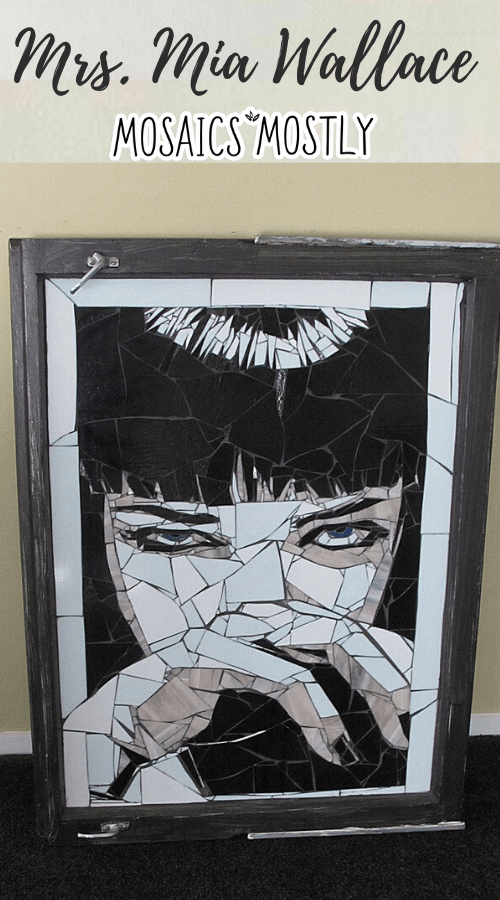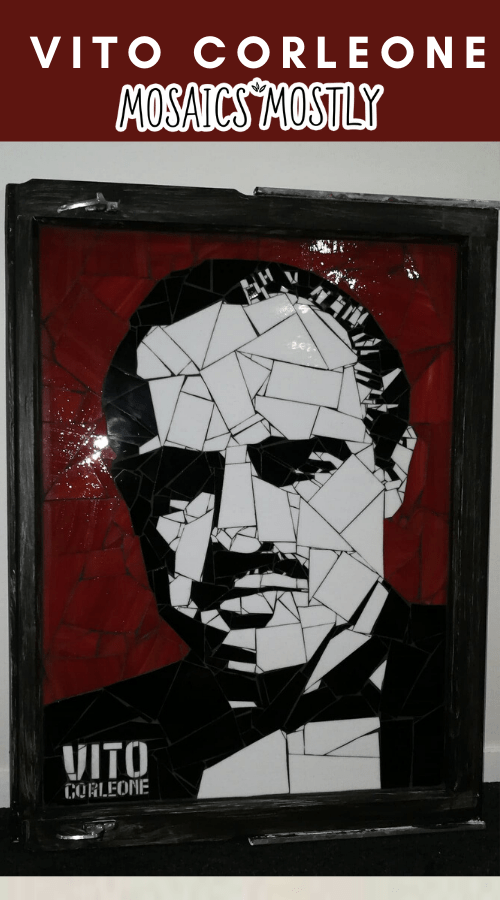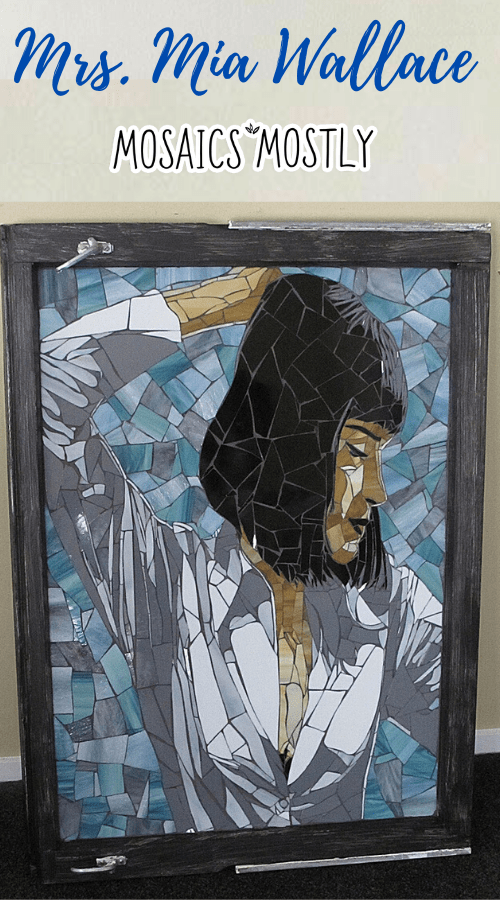Beginning anything new always contains an element of uncertainty and apprehension. So, I’ve created this mosaic beginner’s guide to alleviate any feelings of anxiety about creating mosaics.

People sometimes see mosaic projects as being daunting and tedious but they’re not if you have the proper tools and instructions so that you can make them with ease. Trust me, it’s completely possible!
So, before you begin to create your own DIY mosaic, these are the steps you’ll need to take.
Step 1: Select Your Base Material
There are many different bases to use for your mosaic. Depending on what you’re making and where it will exist in your environment…meaning outside or inside (exposed to the elements or not) determines which base you will use.
Outdoor Use – Subjected to the elements
Here are some examples of bases you can use for projects that will be displayed outside. These will not crack due to weather conditions and their quality will be maintained by using clear water resistant adhesive to secure the mosaic materials and then fortifying the grout with latex additive to complete the piece.
- Cement bases
- Terracotta bases
- Glass bases
- Metal bases
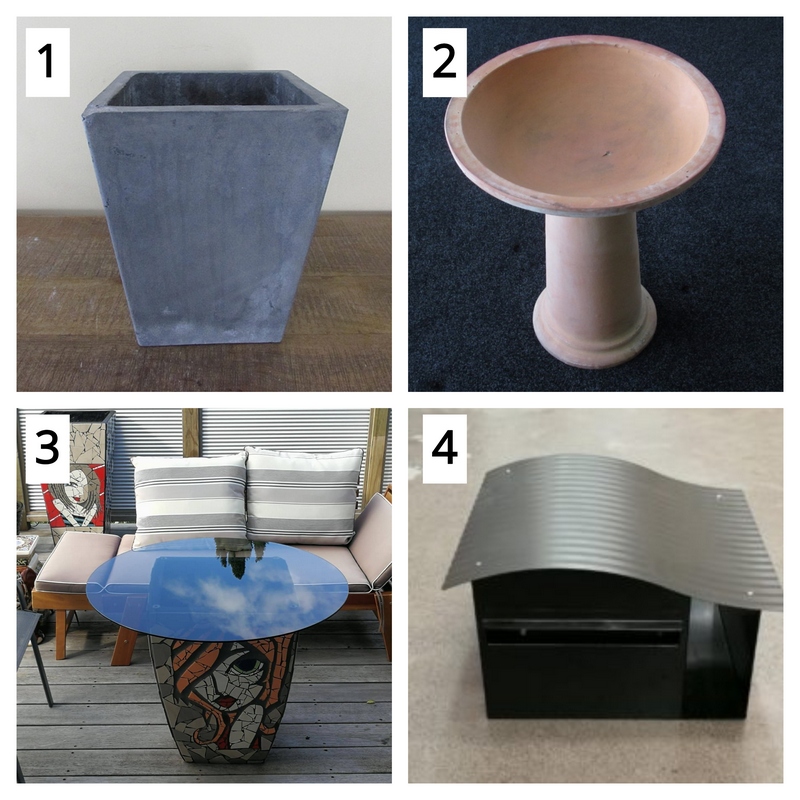
- Composite material bases
- Pressure treated wood bases
- Styrofoam bases
- Exterior lighting bases
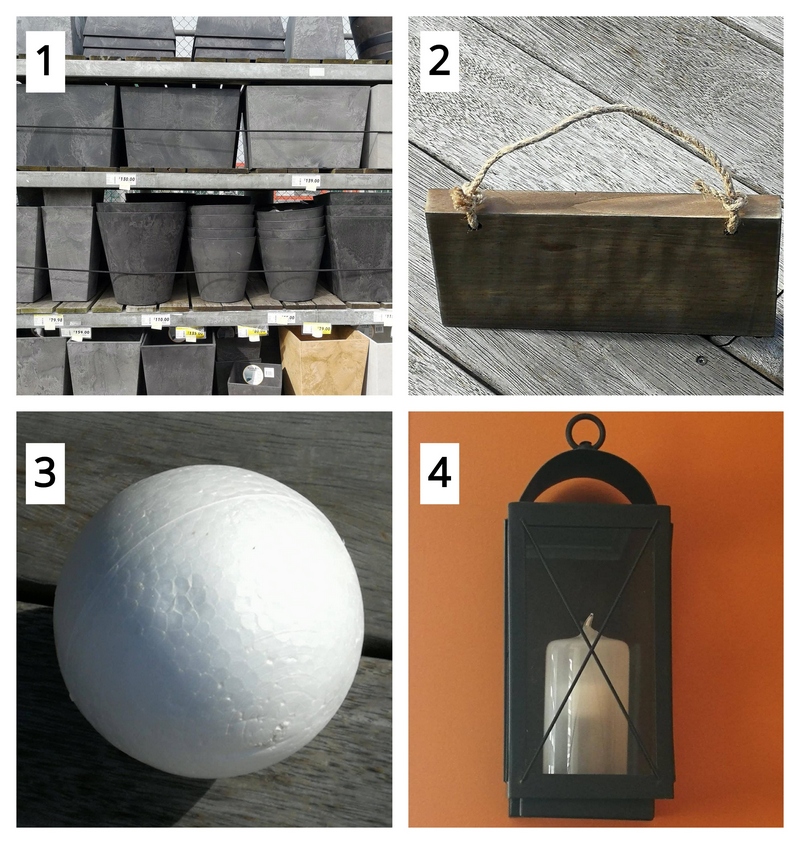
Indoor Use – Not subjected to the elements
The following are a list of some bases that are frequently used for mosaics displayed inside your home. Keep in mind that all the bases that can be used outdoors are also suitable for indoor use.
- Interior lighting bases
- Composite material bases
- Ceramic bases
- Wood bases
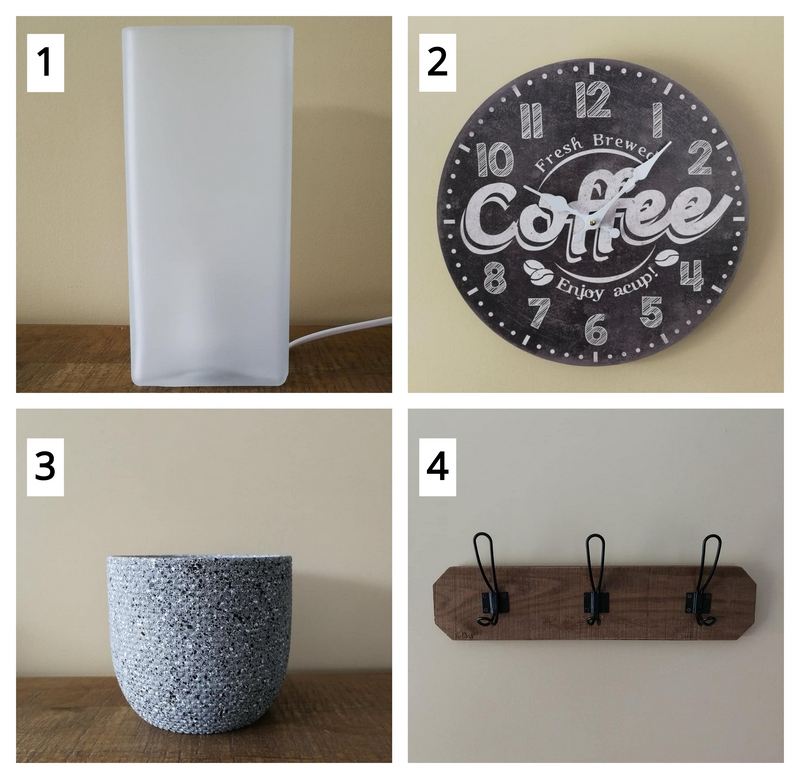
- Picture frames
- Old window frames
- Metal bases
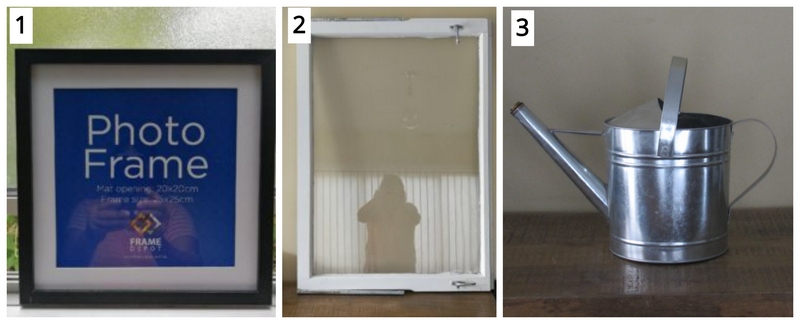
Step 2: Select Your Design
There are a variety of different sources from which your special design can be found.
- Design Books (Textile etc.)
- Stained Glass Templates
- Fabric
- Your own created “rubbed over” patterns
- Stencils
 Or maybe you just create an abstract design that develops along the way!
Or maybe you just create an abstract design that develops along the way!
Step 3: Transfer Your Design Onto Your Chosen Base
The method you use to transfer your design is totally dependent on the base you select.
Transparent Base
- Resize your design to fit behind the glass you will be working on. This can be done using a color copier or any Office supply store with printing ability will take a saved image and print it out to your specifications. The image is then placed underneath the surface you will be working on and secured with adhesive.
- Fabrics can simply be cut and placed underneath the glass and secured with adhesive.
- Templates can also be resized to suit your needs and placed under the glass you’ll be working on and secured with adhesive.
Non-Transparent Base
- Transfer your image using an inexpensive Tracer Projector or a projector on to the surface of your base. You can then simply trace the design on the base.
- Use a stencil to transfer the image on to the base.
- Cut the pattern out in pieces and adhere it to the base and then trace around the pieces.
- If the design has bold enough lines, fit the properly sized design on the base. Then, with an exacto-knife, cut into the bold lines (scoring the paper). Then use a marker to trace through the cut bold lines of the design.
- Eyeball it and draw away! I personally cannot draw…so the projector is the way I go:)
Step 4: Select Your Mosaic Material
The materials you select for you mosaic is dependent on the type of base you select.
Transparent Base Materials
If you’re working on a transparent base then you’re basically using stained glass and other glass materials. Using tile on a glass base (unless it’s a really large glass base) just isn’t suitable as your mosaic materials you’re adhering to the base should not be heavier than than the glass you’re adhering them to.
- Scrap stained glass
- Vitreous glass squares
- acrylic beads
- Pre-cut glass squares
- Glass beads

Non-Transparent Base Materials
The world is your oyster! when it comes to what kinds of materials can be used on a Non-Transparent Base. Here are just a few examples.
- Tile
- Stained glass
- Acrylic beads
- Shells
- River stones
- Gravel
- Glass half marbles

Additional materials that can be used on non-transparent surfaces are:
- Marble
- Pottery
- Buttons
- Beans
Step 5: Select Your Grout Color
Selecting your grout color is all about what you’re trying to achieve with the overall look of the mosaic. With my stained glass mosaic pieces, I tend to use black grout as I want to achieve the look of leaded and soldered stained glass…but with a heck of a lot more pieces:)
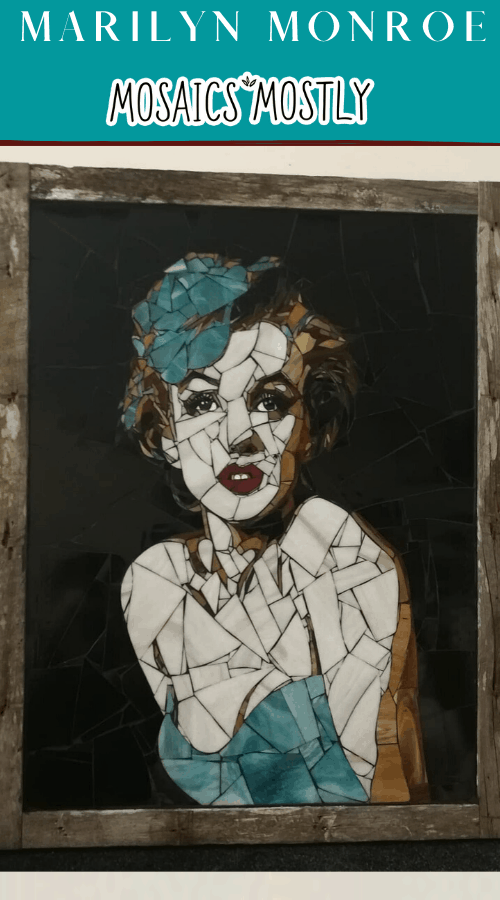
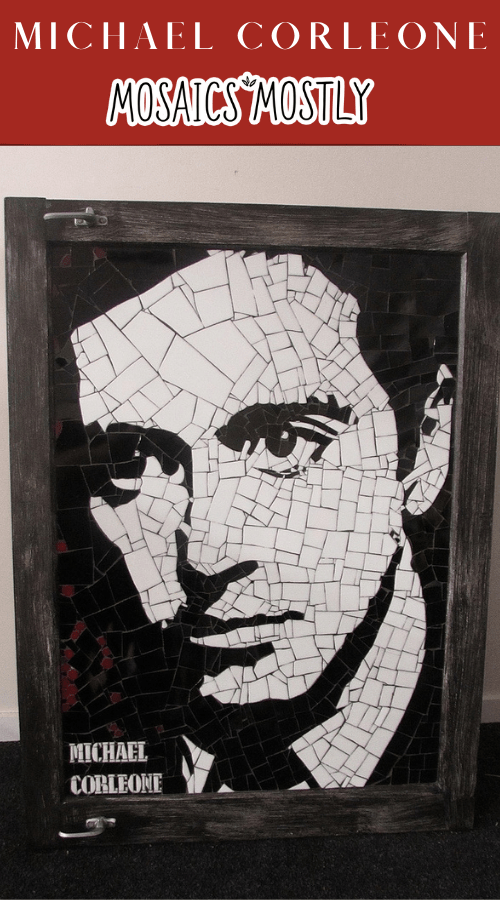
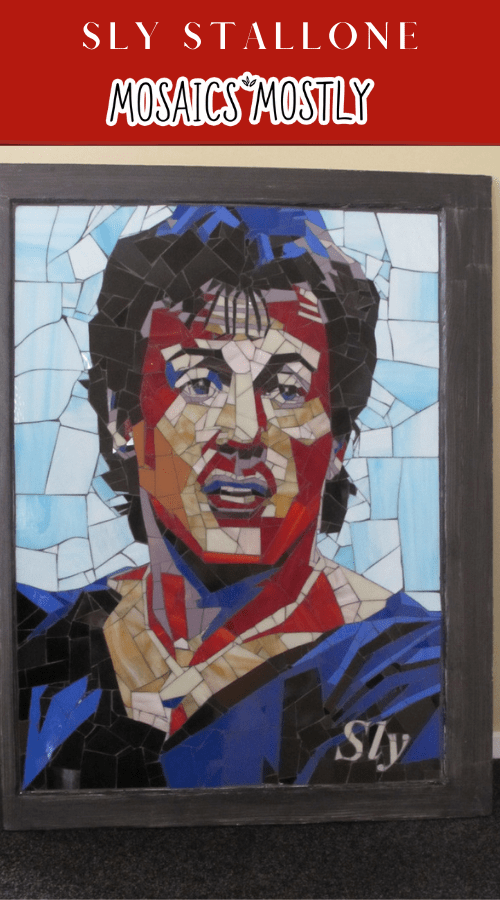

In fact, I tend to use black grout or grey grout for most everything I do…especially if it’s an outdoor piece. You don’t want to use a light grout that could be stained with pollen or dirt.
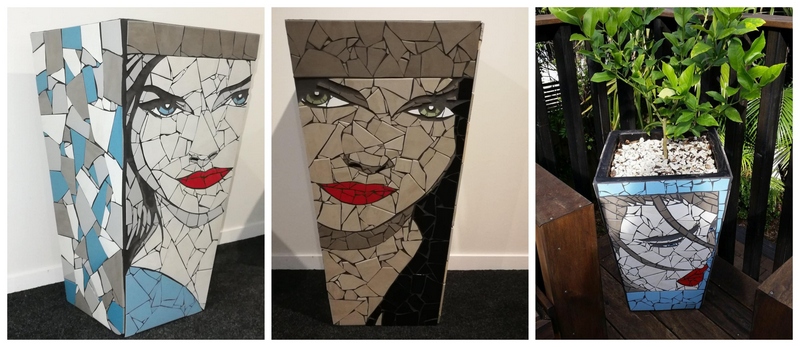
In some pieces I used multiple color grouts. For example, if in fact a center design is dark and I want the pieces of the design to stand out, then I would grout it white and then grout the area around it darker.
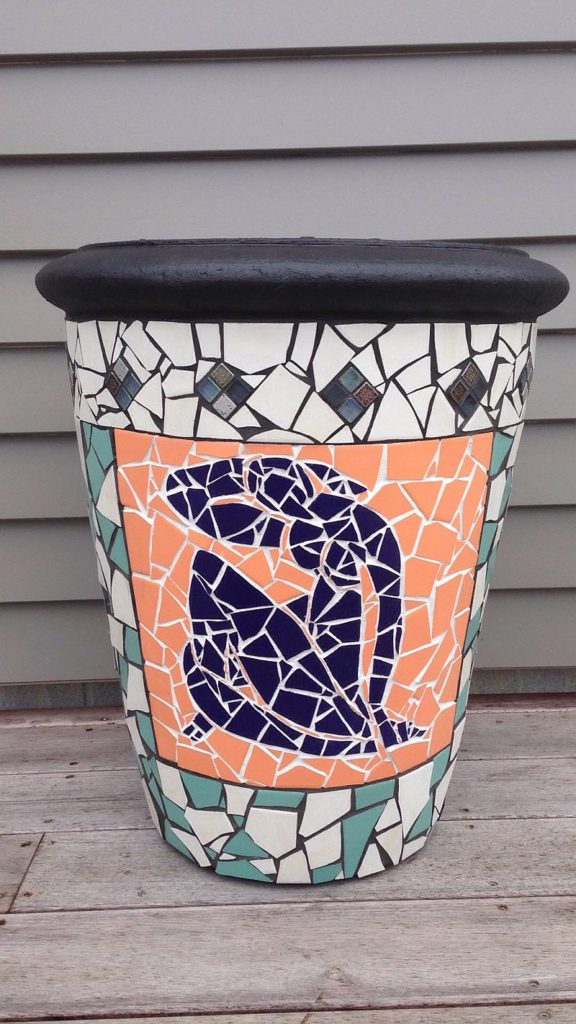
If you cannot find the grout color that you’re wanting, then you can always go to the paint department and ask for some “pure color” or “pure pigment” of whatever color you want to grout with and mix that pure color into your white grout until you achieve the color grout you desire.
Step 6: Gather Your Tools and Materials Needed to Make Your Mosaic
Tools
The tools you decide to work with when creating your mosaic is dependent upon the materials you select to work with and the detail you hope to achieve with the design.
If wanting to achieve fine detail with glass or tile, I suggest using a glass grinder to sculpt your pieces for your mosaic. But you always have the option of using pre-cut materials or smaller pieces to achieve the design without any sculpting. The tools listed below are available on Amazon or in stained glass shops.
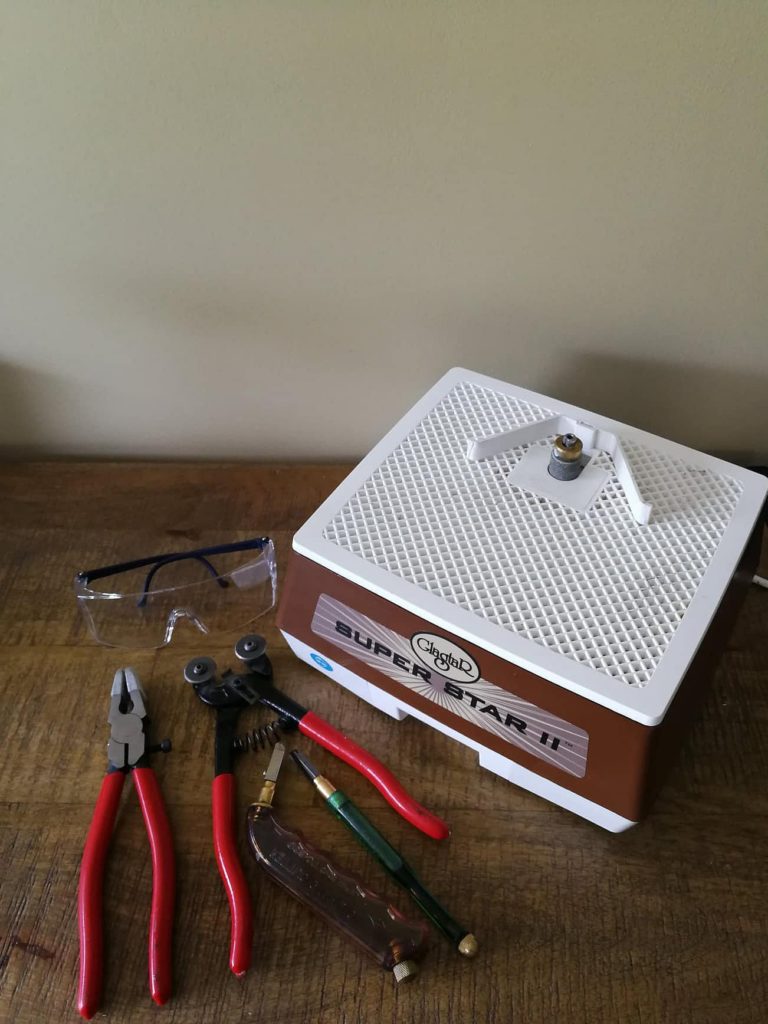
- Mosaic Cutters are used for nipping pieces of both glass and tile.
- Glass cutters, either pistol grip or ball end, both require glass cutting oil that you fill the reservoir of each cutter with.These are self lubricating cutters that will allow you to score individual pieces of glass.
- Running pliers are used to break your scored glass.
- Glass grinders are used to sculpt individual pieces of glass or tile. There are different grinding heads that can be purchased with the grinder as it is preferable to use a coarser head for sculpting tile.
- Safety goggles are a must when cutting or sculpting glass and tile.
- The hammer is the best tool for breaking tile.
- Tweezers are used for dealing with very small pieces that need to be moved around or for glue that needs to removed between the glass pieces.
Materials and Supplies
All the materials needed to grout your mosaic can all be found at your local Home and Garden store.

- Grout comes in all different colors. If you do not find the color grout you’re needing, simply visit your nearest paint store and ask for “pure pigment” of whatever color you’re wanting to make your grout. Add the pigment to white grout until you achieve the color you’re looking for.
- Latex additive should be used when mixing your grout to the proper consistency with water as adding latex helps the grout adhere to your glass base and also helps prevent the grout from cracking when exposed to the outdoor elements. It also prevents cracking if the grout joint is larger as latex gives the grout more elasticity.
- Clear water resistant adhesive is used to adhere all your mosaic pieces to your base. The adhesive must be clear so as not to show through transparent glass pieces and must be water resistant as grout is wet and will seep underneath your glued pieces and would eventually loosen them causing damage to your mosaic.
- Rubber gloves are necessary as the colored grout will stain your hands/nails and is also harsh on your skin.
- Painters face mask is necessary as the particles of grout are extremely fine and you should not be inhaling them.
- Plastic bowl or bucket is needed for mixing your grout. This should be cleaned soon after grouting or the grout will set in the bowl/bucket and you’ll then have to dispose of it….both grout and bowl/bucket…as they will become one!
- Sponge to clean the surface grout off of your mosaic.
Steps to Making Your Mosaic
Below are general steps to making any mosaic project.
Following are my step-by-step instructions for making a lit glass mosaic piece.
Step 1: Select Your Base and Gather Your Materials and Tools
Pick your base. The options are endless! I selected a jar I had sitting up in a cupboard for years. I wanted to turn this into a lovely candle holder that I’ll light with a tea candle or one of the many battery operated small lights that are available everywhere now a days. Of course, it will also be able to be used as a vase or a container to hold most anything if you so chose.
At this point, if you are using a transparent base, now is the time to insert your design. I printed this out and then reduced it on a printer to fit the size of the front of the jar. I then taped it to the inside of the jar. I can then work the glass mosaic design on the top of the glass.
But we’re not doing that for this project..so let’s just move along:)
Pick your materials. I’ve decided to use glass and acrylic beads in addition to scrap pieces of stained glass. My color scheme will be purple and blue. I want to evenly intermix the two to create a vibrant pattern. This is an extremely free flowing project as you can make up your design as you go! Simply attempt to balance the amount of scrap stained glass cut pieces with the amount of beads.
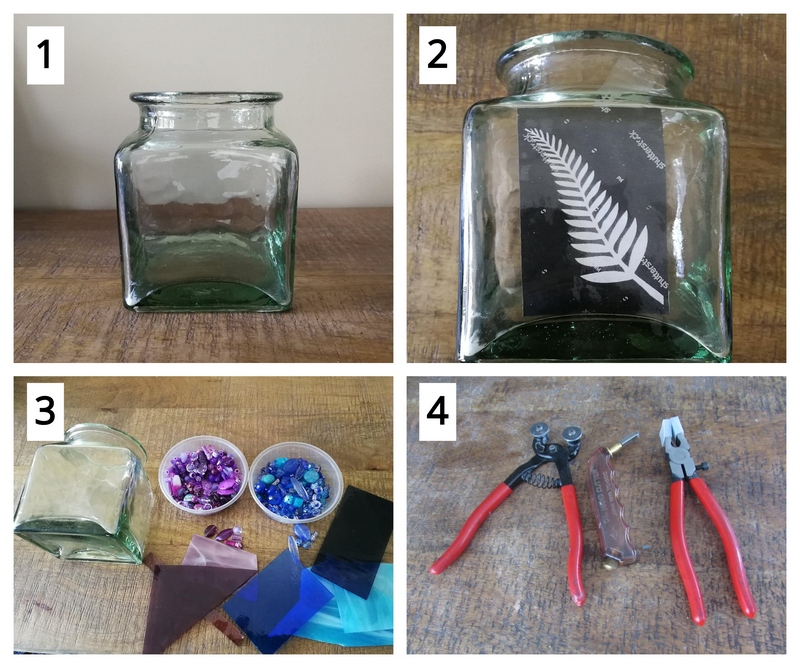
Step 2: Glue on a Row of Beads
Glue on your first row of beads. I’ve decided to start each side with a diagonal line of either blue or purple beads, but you can begin anywhere you’d like and with whatever materials you like.

Step 3: Cut Your Glass for Random Pieces and for Measured Pieces.
Take your pistol grip glass cutter and score a scrap piece of blue glass in strips. Please take note that the glass cutter needs to stay in contact with the glass consistently as you score it. Move the glass cutter in one direction only, never back and forth, as this confuses the glass.
Using running pliers, break your score. Simply line up the center of the tip of your running pliers with the score line and press firmly to break the glass along the score line.
Use mosaic cutters to nip some irregular shapes of glass to provide yourself with a variety of pieces/shapes/sizes to select from.
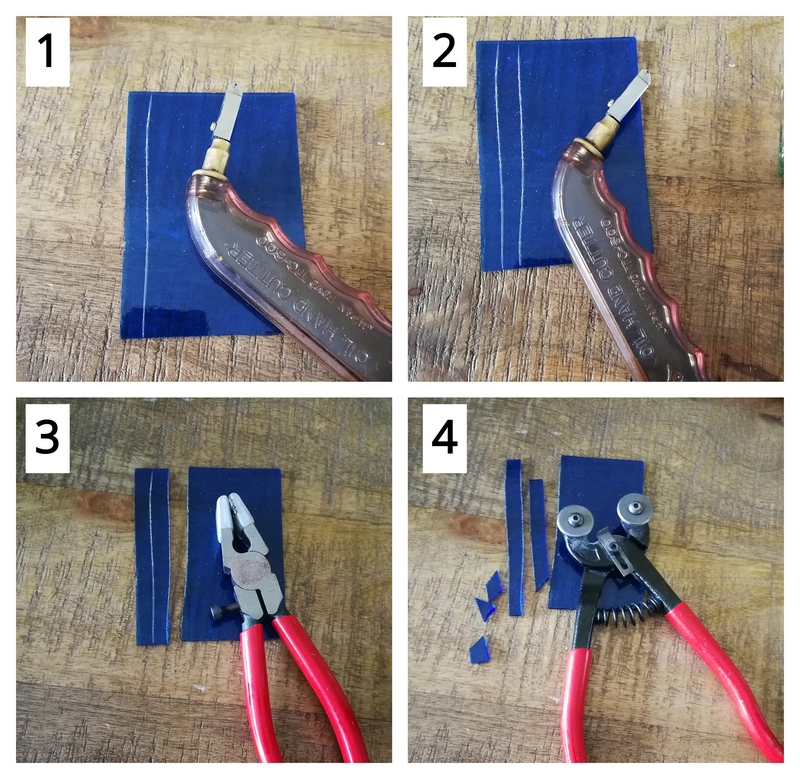
Score additional stained glass to create some square bits to possibly use in your design.
Score the piece of scrap stained glass vertically several times and then score horizontally across the initial scored lines creating small squares.
Break out your vertical strips using your running pliers and the break out your squares individually. Remember to line the center of your running pliers up with the score line and then apply enough pressure and break the score.

Next, mark pieces to be glued in place. Take either your mosaic cutter or glass cutter and either nip the piece to fit with your mosaic cutter or score the glass with your glass cutter and break the score with your running pliers. Then glue on the trimmed pieces intermixing them with random beads.
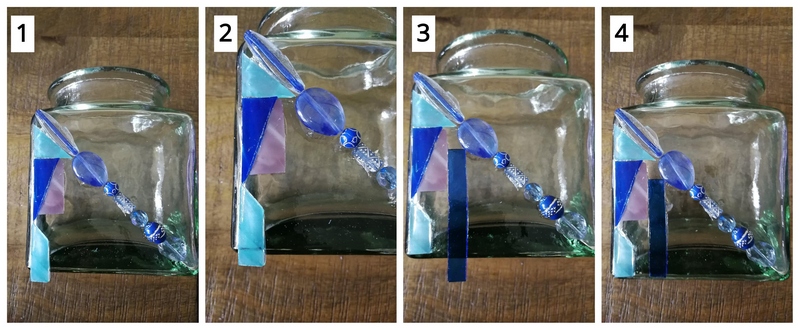
Find a piece of scrap glass that needs to be trimmed to fit. Mark what needs to be trimmed off. Because it’s such a small amount to be trimmed, use your mosaic cutters to nip off the bit of glass needed. Take the piece to the glass grinder and grind it till smooth. Grinding the glass for a free form design like this is an option…not a necessity. It’s completely up to you how defined you want your design to be
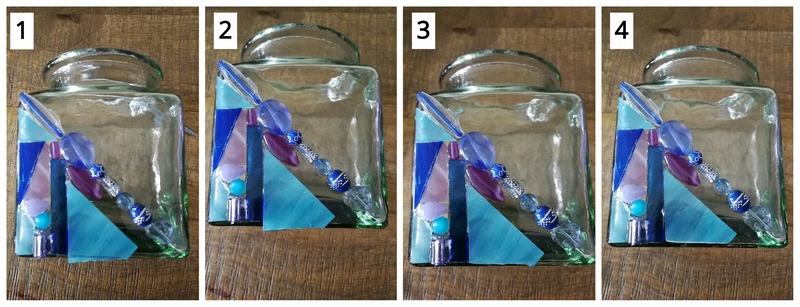
Continue gluing on more beads, intermixing both materials and colors.
Glue on more beads and trim an oversized piece of glass before gluing it in place. Continue mixing materials and colors and resizing pieces to fit.
Completely cover the front in glass and beads.

Line the upper edge of the jar with plum colored squares. Score the piece of plum colored scrap glass several times vertically and then use your running pliers to break the end score line.
Score across the vertical score lines horizontally to create squares. Break out the squares with your running pliers.
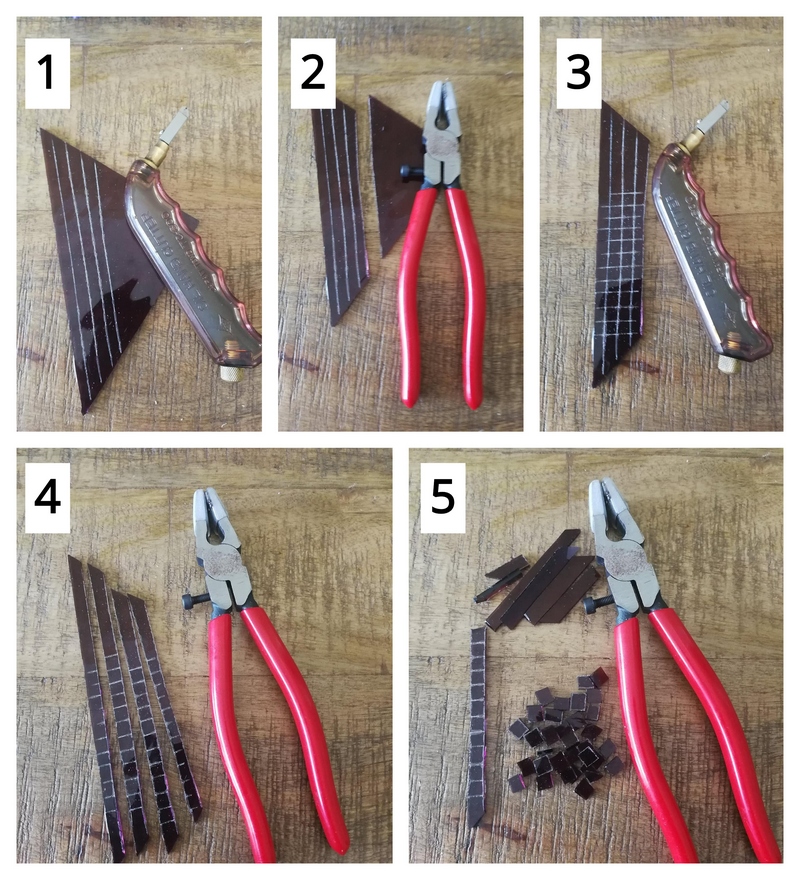
Begin gluing the plum squares on the top edge.
Several areas will be needing triangles instead of squares. Use your mosaic cutters to cut the small square diagonally to create a triangle.
Finish the top edge of all sides with the plum squares and triangles and also complete the other sides of the jar with random stained glass and beads.
Finish the corner edges with squares lending continuity to the piece.
Trim the neck of the jar with glass beads. Allow the glue to set for at least 3 hours making sure none of the pieces need to be reglued before grouting.
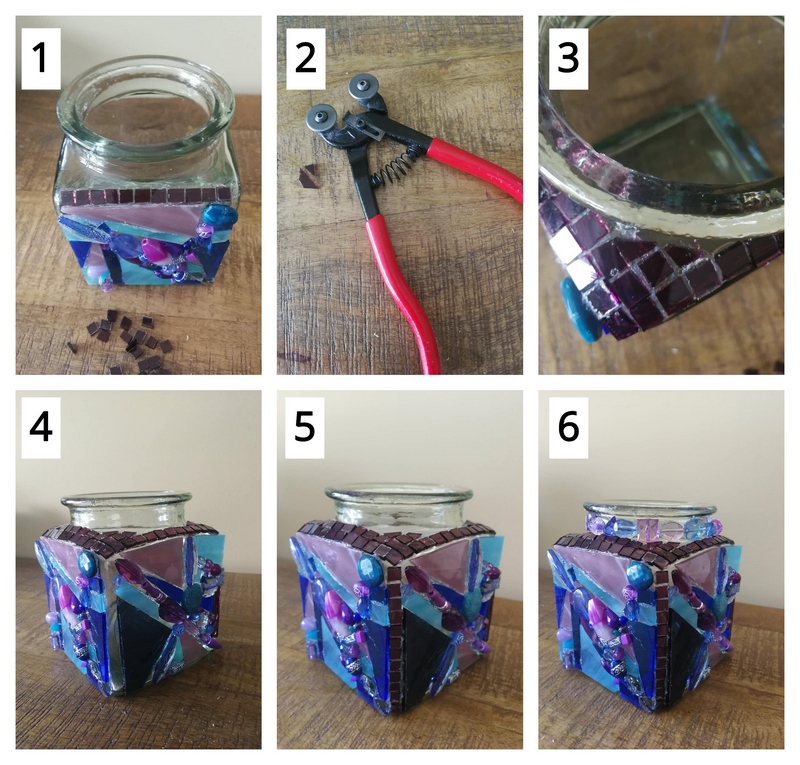
Now, it’s time to grout!
You’ve covered your entire jar with lovely stained glass and beads. It’s now time to grout your piece.
You’ll need to prepare your grout mixture, apply the grout mixture on each of your four sides and then clean your piece thoroughly.
Step 4: Gather Your Grouting Materials
To grout, all you’ll need is your dry grout mixture, latex additive, mixing bowl, spoon, sponge, garden gloves, old towel and cloths and water.
I recommend covering the surface that you’ll be grouting on with old towels or newspaper to prevent any grout from staining your surface.
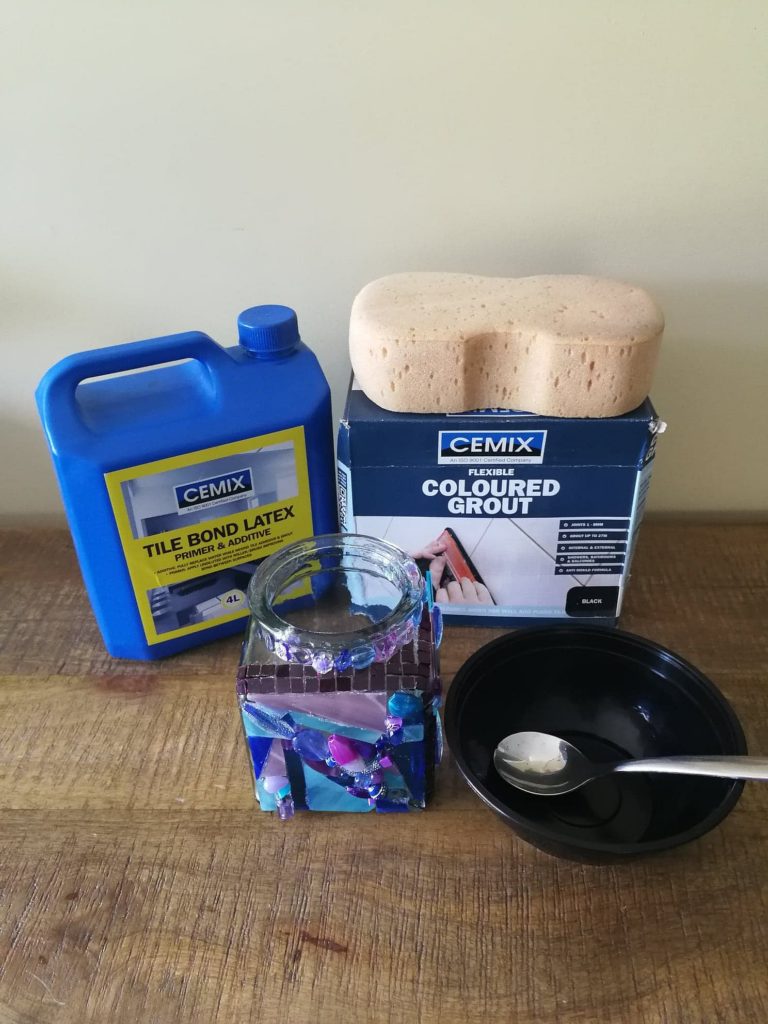
Step 5: Mix, Apply and Clean Off Your Excess Grout
You’re now ready for the actual grouting process. Place some dry grout in your mixing bowl and mix in enough latex additive to achieve the consistency of oily peanut butter. Don’t worry if you accidentally mix in too much additive. Simply add more dry grout to your mixture until the proper consistency is achieved.
Grout begins to thicken very quickly…so mixing it a bit wet is fine. Plus it’s easier to clean around 3 dimensional materials like Beads when it’s on the wet side. You don’t want the grout too firm as you might dislodge your glued on pieces….so take care at being gentle when you’re grouting.
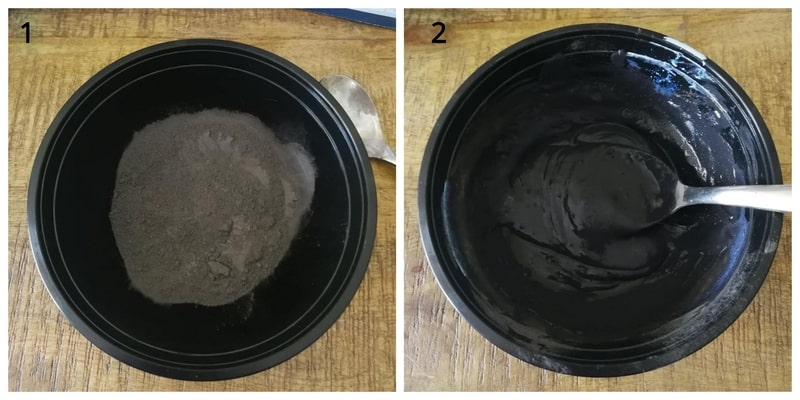
Put your gloves on and spread the grout over the piece covering two sides at a time allowing yourself enough time to clean with a moistened sponge.
Be sure you’re near a water source as you will need to wash your sponge out repeatedly.
As you’re cleaning, you will notice sections of glue that has seeped out around your glass or beads. This glue needs to be removed with tweezers so that grout can replace it. This is the most tedious part of the cleaning process…but very necessary for the piece to look finished properly. It also is very necessary if the piece is to be lit as you want no glue in areas where grout needs to be in order for the pieces of glass you cut for your design to glow without the glue distorting the design.
Finish cleaning the piece with an terry or microfiber cloth, polishing the individual pieces of glass and beads. Take the tip of the tweezers and use it to clean any grout that needs to be scraped off of a piece.
The piece looks lovely unlit but is simply stunning when lit at night!

Are mosaics hard to do?
Mosaics are not hard to do. In fact, I find mosaics to be one of the most relaxing of all art forms because of the freedom of expression the art form provides. The whole resurfacing process is all about renewal. You’re transforming a plain or aged surface and enhancing it with design. You’re breathing life into something that had none! And each mosaic is it’s own one of a kind masterpiece personalized by your touch, your imagination.
The tactile nature of mosaics is extremely therapeutic. When one uses their hands to create something, a number of benefits are being derived. When we create something we feel vital, we have a sense of purpose. When you’re absorbed in creating something you’re content. Using our hands also decreases stress and anxiety. You also feel productive which leads to a sense of pride and satisfaction. These are all good things!
Mosaics are order arising out of disorder. And because it is your own order, it provides a sense of inner peace. You have total control, which leads your inner self to feeling safe and at ease.
Mosaics Exercise the Brain
Mosaics provide a wonderful exercise for the brain. Creating mosaics utilizes both sides of our brain simultaneously. The left side of our brain focuses on all the separate pieces. This side is our analytical side. The right side of our brain is our creative side, our intuitive side. It sees the “overall picture”. We’re exercising both sides of our brain which creates connections between both sides of the brain and individual brain cells. We reach a state of mind that is serene and increased levels of dopamine surges through our brain. This lowers our breathing/heart rate, reduces our blood pressure and contributes positively to our overall physical well-being.
When we exercise both sides of our brain simultaneously, the brains moves from a Beta state – the wakeful mind, into an “Alpha” state. This is the mental state we achieve while dreaming. We tap our subconscious mind in the Alpha state. Creating mosaics provides a creative focused meditation if you will.
So, not only are mosaics not hard to do, but the act of making a mosaic provides many benefits to our mental and physical well being. The visually beautiful aspect of mosaics is simply a bonus.
Closing Thoughts:
I have been creating mosaics for over 25 years and wanted to share my techniques with everyone so that you can make your very own mosaics at home just as I did years ago.
I first became interested in mosaics after seeing an antiquated Persian mosaic plate at the National Museum of Fine Art. I became quite driven to create an antiquated mosaic plate myself and this began my mosaic journey.
I bought a $5 terracotta circular saucer, you know, the saucer you place under your garden pots to catch the water. Then I bought some 4 x 4 wall tile squares, a pair of tile nippers, a hammer and some glue. I began smashing and nipping, getting a feel for the material itself and then decided on a Moorish design for my first plate.
I then purchased a tracer and traced the design on the blank terracotta surface. I then began fitting the tiniest pieces of broken tile within the design and gluing them in place. It took me about 80 hours to complete that first plate! I didn’t know about glass grinders that could be used to shape tile as well as glass or mosaic cutters etc. It was quite a grueling experience but it didn’t need to be!
I’m hoping my mosaic beginner’s guide provides you with the information that you’ve been looking for to delve right into the world of creating mosaics with ease!
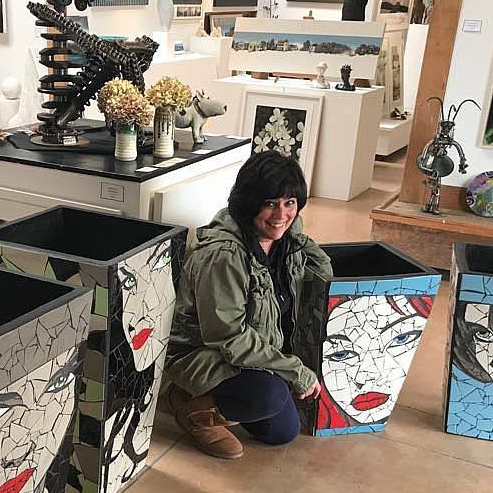
Danielle is the mosaic artist and teacher behind Mosaics Mostly. She has been creating mosaics for over 25 years, and has taught hundreds of people to create their very own mosaic DIY projects at home. She has been featured in multiple galleries and magazines, and has even had her own beginner mosaics book published! She loves crafts, and is always working on something new!

